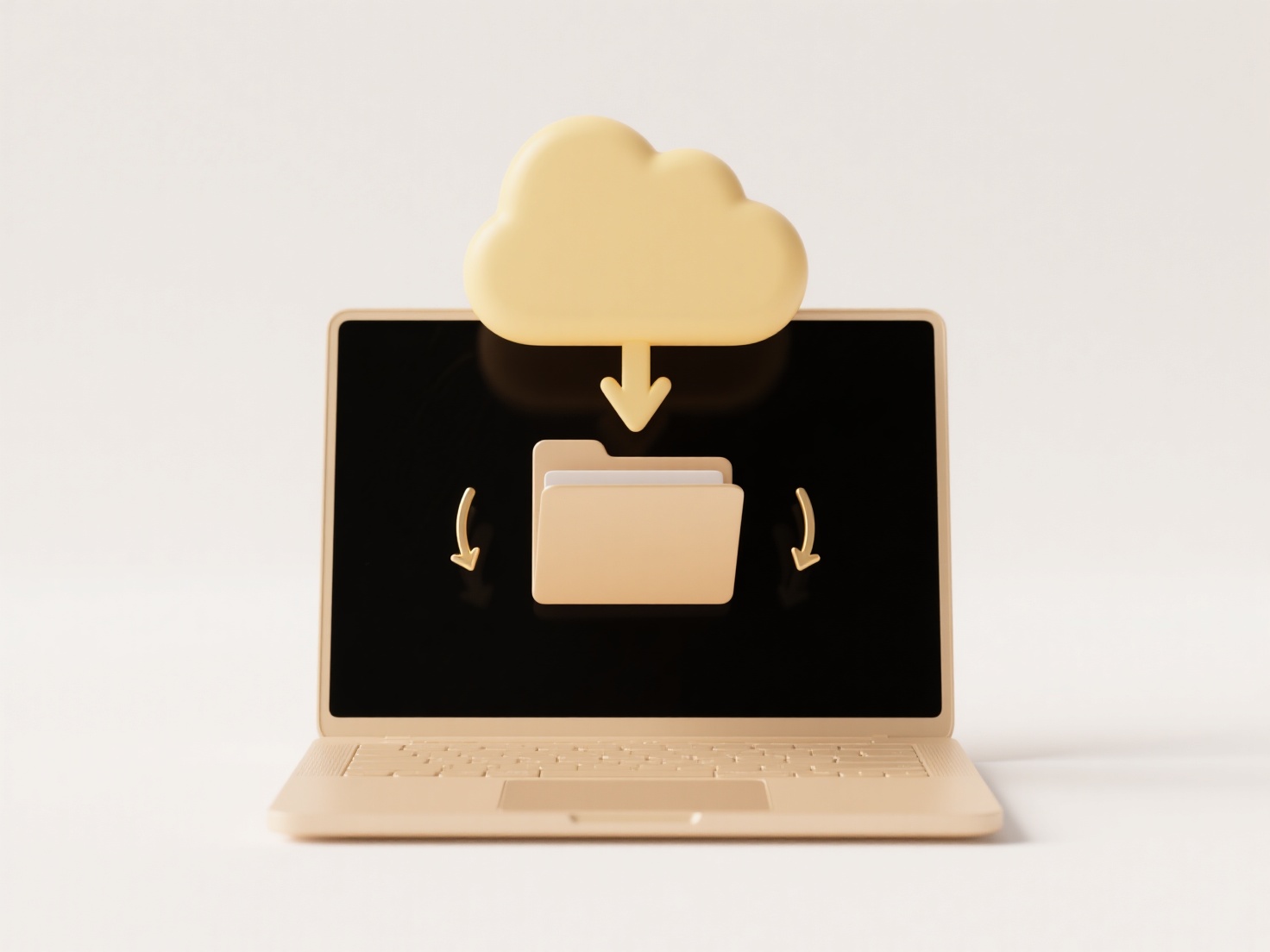
Requiring users to sign a Non-Disclosure Agreement (NDA) before accessing a file is a common and legally permissible practice. An NDA is a legally binding contract that protects confidential information by restricting its unauthorized use or disclosure. By presenting the NDA before granting file access, you explicitly establish the confidential nature of the content and the obligations of the recipient. This differs from simply sharing information without conditions, where legal protection is weaker.

This approach is widely used when sharing sensitive trade secrets, proprietary data, or early-stage creative work. For example, technology startups often require investors to sign NDAs before sharing detailed business plans or software prototypes. Similarly, pharmaceutical companies use secure online portals that mandate electronic NDA acceptance before allowing access to confidential clinical trial data or research findings.
The key advantages include enhanced legal protection and clearly communicating confidentiality expectations, potentially strengthening claims in case of misuse. However, requiring an NDA can deter potential users, partners, or investors who find the process cumbersome or view it as excessive for certain information types. Enforcing NDAs across jurisdictions can also be complex and costly. The effectiveness relies heavily on the clarity and enforceability of the agreement itself and the practical means of verifying user identity and tracking access.
Can I require users to sign an NDA before accessing a file?
Requiring users to sign a Non-Disclosure Agreement (NDA) before accessing a file is a common and legally permissible practice. An NDA is a legally binding contract that protects confidential information by restricting its unauthorized use or disclosure. By presenting the NDA before granting file access, you explicitly establish the confidential nature of the content and the obligations of the recipient. This differs from simply sharing information without conditions, where legal protection is weaker.

This approach is widely used when sharing sensitive trade secrets, proprietary data, or early-stage creative work. For example, technology startups often require investors to sign NDAs before sharing detailed business plans or software prototypes. Similarly, pharmaceutical companies use secure online portals that mandate electronic NDA acceptance before allowing access to confidential clinical trial data or research findings.
The key advantages include enhanced legal protection and clearly communicating confidentiality expectations, potentially strengthening claims in case of misuse. However, requiring an NDA can deter potential users, partners, or investors who find the process cumbersome or view it as excessive for certain information types. Enforcing NDAs across jurisdictions can also be complex and costly. The effectiveness relies heavily on the clarity and enforceability of the agreement itself and the practical means of verifying user identity and tracking access.
Related Recommendations
Quick Article Links
Where is my file saved by default?
The default save location refers to where a computer application or operating system automatically stores your new files...
What tools can batch rename image files using EXIF data?
What tools can batch rename image files using EXIF data? Batch renaming images using EXIF data allows users to automat...
Why can't I open this file on my phone?
Phone compatibility issues occur when a device or its software lacks the necessary components to interpret a specific fi...